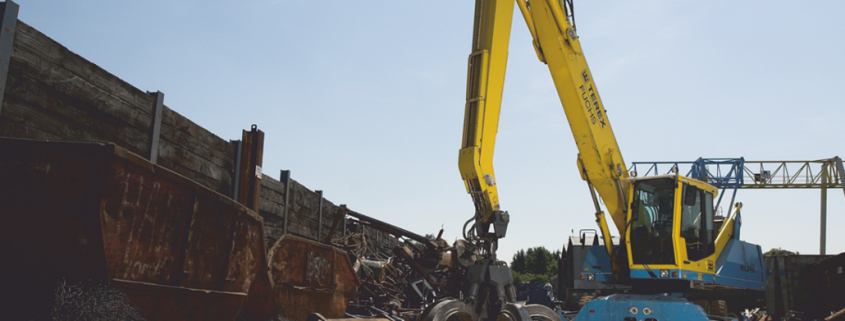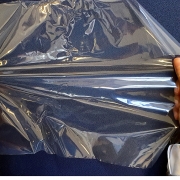South American Businesses Face Various Challenges
A common denominator in the Latin American markets is the adverse effect from the pandemic, as outlined in the latest World Mirror, published by the Bureau of International Recycling (BIR) in May.
As described by Alejandro Jaramillo, Chairman of the BIR Latin America Committee, the Covid-19 cases and hospitalizations have been dropping in most Mexican states. At the same time, more Mexicans were vaccinated, which were “still far from enough to reach any kind of immunity“. Against this backdrop, Alejandro Jaramillo (Glorem SC, Mexico) registrated less policy volatility and, at present, no threat of the industrial shutdown seen last year.
The Mexican scrap market was characterized by a lower aluminum demand, due to the shortage of computer chips affecting the automotive industry in North America. In Mexico, the production loss is put at 136,000 vehicles, equivalent to 18 percent of the output in the first four months of this year.
Additionally, some actors on the Mexican market have run into cash-flow issues, “resulting in yards now giving preference to prompt payment terms over theoretical high prices with unknown payment dates“. The demand for aluminum extrusion scrap remains robust and attracting scrap units from abroad, the Chairman of the BIR Latin America Committee, informed. This trend were likely to continue at least until the end of this year. “The shortage of containers has not been as acute in Mexico as in other regions, so scrap exports remain a relevant alternative for most of the country’s yards.“
Brazil would face unpredictable market conditions over the next quarter, according to some yards and traders, Roger Amarante (INESFA, the Brazilian Association of Iron and Steel Companies, BRA) gave account in May. “Sometimes it feels like we are moving forward and then like we are going backwards again. The economy is unstable and exchange rates move up and down every week, with the variation as much as ten percent some months.“ Steel market prices had increased about 18 percent in April but mills dropped scrap prices by an average of 30 US-Dollar per ton compared to April levels. Also, they were “verticalizing purchasing and competing directly with recycling companies. Given this scenario, it seems impossible for scrap companies to manage and plan their next steps, relying on the solution of day-to-day deals.“
Regarding Uruguay, Nicolás Werba (Werba SA) stated that business slowed in the first quarter of 2021; home-working policies had reduced companies’ movements of scrap. But China were back in the market and buying at a healthy rate. Furthermore, commodity prices have been on the rise for some time, “giving recyclers some breathing space“. However, the biggest competitor for established recyclers would remain the smuggling of metal. “This remains intense despite the fact that Brazil’s legally-established businesses are not enjoying good buying prices because of the damaging impact of Covid.“
In Chile, the recycling industry had recorded better figures than for the same period last year, informed Nicolás Fernández (Metales y Aluminios SA and Asociación Nacional de la Industria del Reciclaje – ANIR). A second wave of the pandemic had hit the country in March and forced the entire population into strict quarantines – “but, as an essential activity, recycling has remained above 80 percent capacity on average“. The unpredicted commodities boom had brought back those long-awaited margins, mostly in the metals segment. According to Nicolás Fernández, the great challenge for the export sector has been to diversify its destinations, dodging certain markets depressed by the pandemic. “This has been particularly difficult with such a troubled maritime industry, with its route and destination closures, prohibitions on loading scrap metals, considerable rate increases, and so on.“
(Published in GLOBAL RECYCLING Magazine 2/2021, Page 36, Photo: Marc Weigert)








